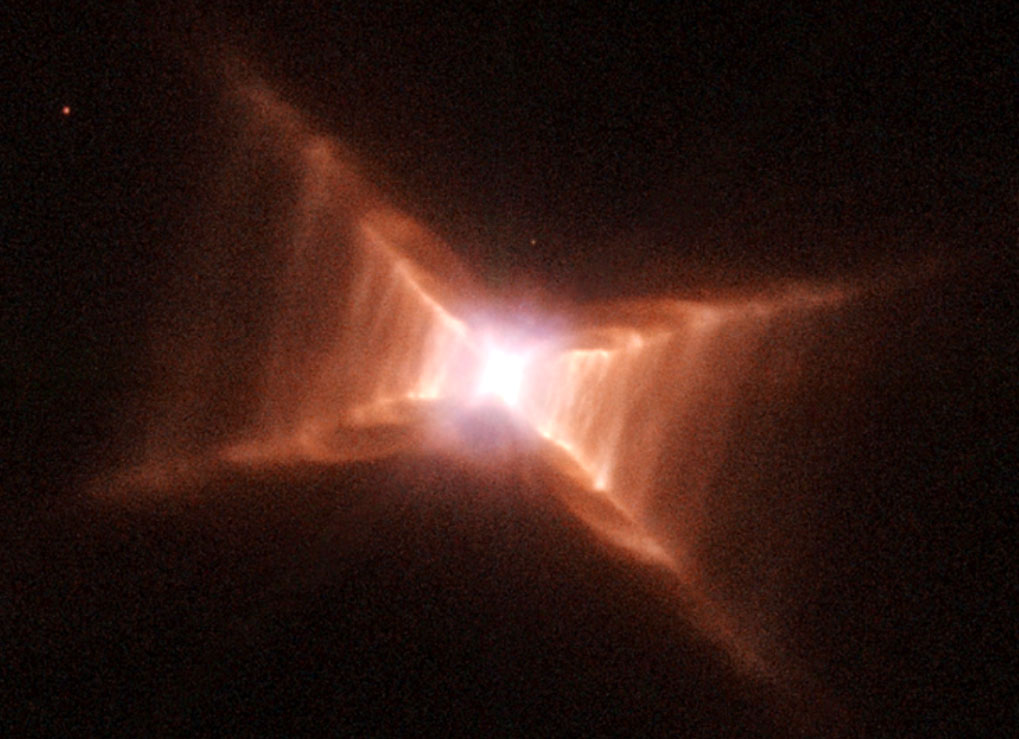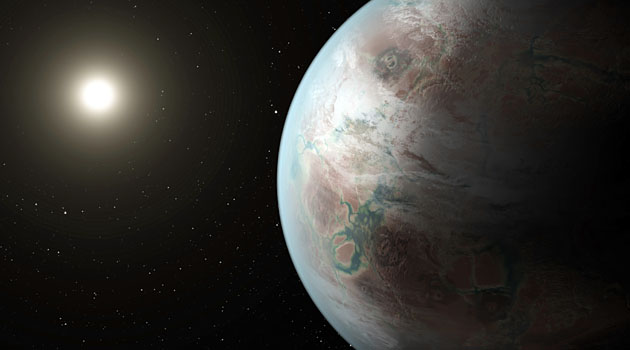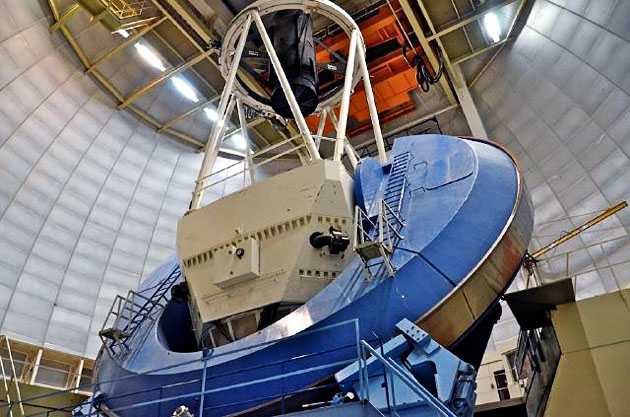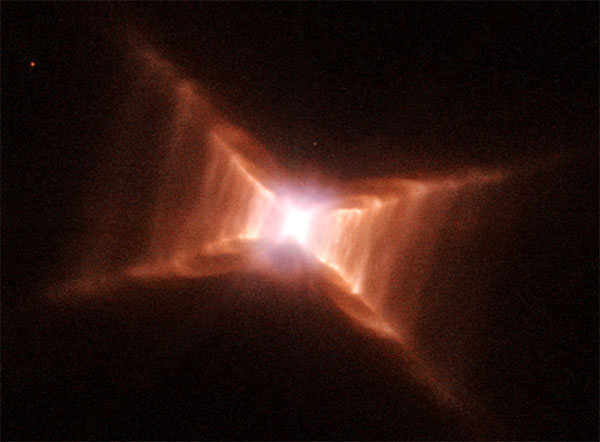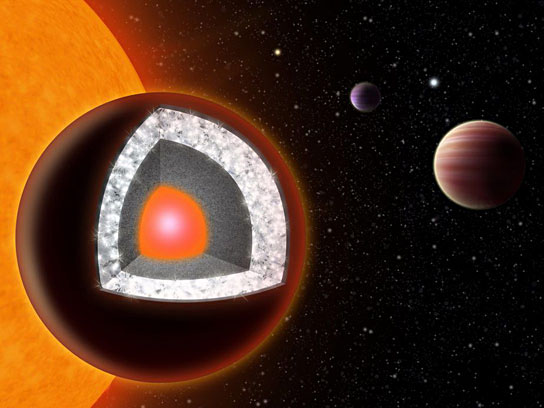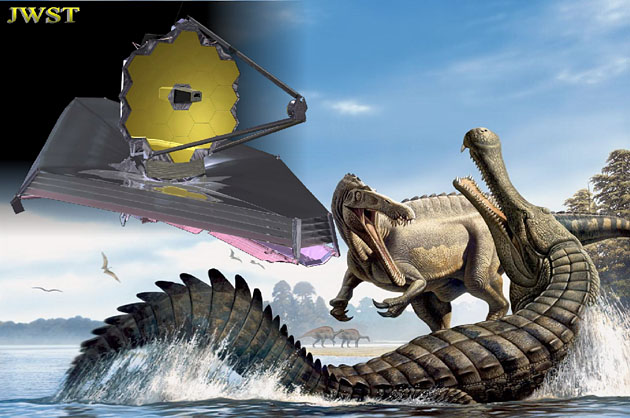 |
 |
 |
 |
 |
 |
 |
 |
 |
 |
 |
 |
|
Talks & Events
|
Faculty Research Seminars: 2016 Exploring dwarf satellite galaxies in the Dark Energy Survey Rich Kron and Alex Drlica-Wagner (KICP and Fermilab) will team up to review the Dark Energy Survey in terms of Galactic science, specifically the search for and characterization of satellite galaxies of the Milky Way with exceptionally low luminosity. These objects are dark-matter dominated and their statistical properties constrain the history of baryons flowing into dark matter subhaloes. A number of research projects using DES data will be described for which we can use help. We will also give a primer on how to access images and catalogs from the DES. Simplicity overturned: the Unidentified Interstellar Bands The diffuse interstellar bands are a set of nearly 600 unidentified features that appear in spectra of both reddened and unreddened stars. The first were discovered in the early 20th century and remain a mystery as to origins after 100 years. I will discuss recent advances resulting from a renaissance of interest in this topic. I will then point out the likely upset to many of our ideas about the interstellar medium that has been highlighted by the discovery that a few DIB like features correspond with C60+ (ionized buckeyballs) in the diffuse interstellar medium. Designing tomorrow's submm-wavelength instruments and telescopes Diversity and Demographics of Distant Rocky Worlds The discovery of exoplanets (planets outside our Solar System) has brought the settings of many science fiction stories within reach of scientific inquiry. Astronomers’ ever increasing sensitivity to smaller and smaller planets has opened the opportunity for empirical insights into the nature and demographics of distant terrestrial worlds. Up to what size and mass do planets typically have rocky compositions? How Earth-like are these distant rocky worlds? How common are rocky planets in the Habitable Zones of their host stars? In this talk, I will present the current constraints on each of these questions, appealing both to individual planet case studies and to planet population statistics. Mapping the high-redshift universe using micron-scale superconducting circuits In the last decade, we've seen exponential growth in the sensitivity of instruments at millimeter and submillimeter wavelength, leading to new opportunities for large and sensitive surveys that probe the history of early star forming galaxies, the epoch of reionization, and the CMB. Today, multi-band cameras with hundreds of kilopixels and densely packed integral field unit spectrometers are being designed. I'll discuss the technology that makes these instruments possible: cheap, scalable, lithographically defined superconducting detectors. I'll discuss both transition edge sensors and kinetic inductance detectors, and some of the diverse science applications for cryogenic detectors at all wavelengths. The Dark Energy Spectroscopic Instrument (DESI) The upcoming Dark Energy Spectroscopic Instrument is designed to extend current wide-area spectroscopy for cosmological studies by orders of magnitude. When the Moon is up, there are opportunities to undertake so-called bright-time programs. I will review the scientific goals of the Bright Galaxy Survey and the Milky Way Survey. Simplicity Overturned: the Unidentified Diffuse Interstellar Bands The diffuse interstellar bands are a set of nearly 600 unidentified features that appear in spectra of both reddened and unreddened stars. The first were discovered in the early 20th century and remain a mystery as to origins after 100 years. I will discuss recent advances resulting from a renaissance of interest in this topic. I will then point out the likely upset to many of our ideas about the interstellar medium that has been highlighted by the discovery that a few DIB like features correspond with C60+ (ionized buckeyballs) in the diffuse interstellar medium. Strong Gravitational Lensing: Simulating the Observational Perspective Quantum Behavior of Space and Time The talk will informally survey problems with reconciling quantum mechanics and space-time, especially the quantum origin of rotation and inertial frames, and give an update on an experiment designed to address them. The Non-thermal Universe Non-thermal particles and magnetic fields are essential constituents of space and astrophysical plasmas; in the interstellar medium, for instance, they encompass two thirds of the total energy budget. Yet, their complex non-linear interplay makes it difficult to treat them in a self-consistent way, not to mention to couple their dynamics with the larger macroscopical scales of astrophysical interest. I outline how the present generation of supercomputers has opened an unprecedented window in the study of astroplasmas, allowing an ab-initio description of collisionless process such as particle acceleration and generation of magnetic fields, which have direct observational counterparts in the broadband non-thermal emission detected from astrophysical objects and in spacecraft measurements. As an application of such numerical techniques, I show how long-standing questions on particle acceleration at non-relativistic supernova remnant shocks have been finally addressed, and discuss how this can foster our understanding of the supernova feedback in galaxy formation. Journey to the Center of the Super Earth Sub-Neptune, super-Earth size exoplanets are a new planet class. Though absent from the Solar System, they are found by microlensing, radial velocity, and transit surveys to be common around distant stars. In this talk, I'll review both recent developments and outstanding puzzles in our understanding of the nature and origin of these enigmatic planets. CROC vs DRAGONS: how we solve reionization in 10 years I will review recent (amazing) progress in observational and theoretical studies of cosmic reionization, and will dwell on the forthcoming revolution in that the field. Many fundamental questions that plagued us for decades will finally be answered, and many long-established models will finally be confirmed - or definitely dethroned. Gigayear Instabilities in Planetary Systems One of the biggest modern discoveries about the Solar System is that it is chaotic (Laskar 1989, 1994). Currently, as a standard step in the analysis, exoplanet observing teams check whether the planetary systems they are discovering are stable. This usually involves a few-Megayear numerical integration, and the system usually passes that test. We discuss several specific evolutionary scenarios in which instability may manifest only on gigayear timescales, i.e. midway through the lives of the host stars. We compare N-body, numerically-calculated secular, and Fourier-expansion secular theories to determine what essential ingredients go into the conclusion that a general planetary system is chaotic. In another project, we will consider how planets might get stranded in their Kuiper and Oort clouds during early system evolution, only to destabilize the inner system later on. Finally, we scrutize the Alpha Centauri triple system, whether Proxima has, or will, substantially alter the orbit of the binary, and what dynamical effect this has on a potential planetary system. |


